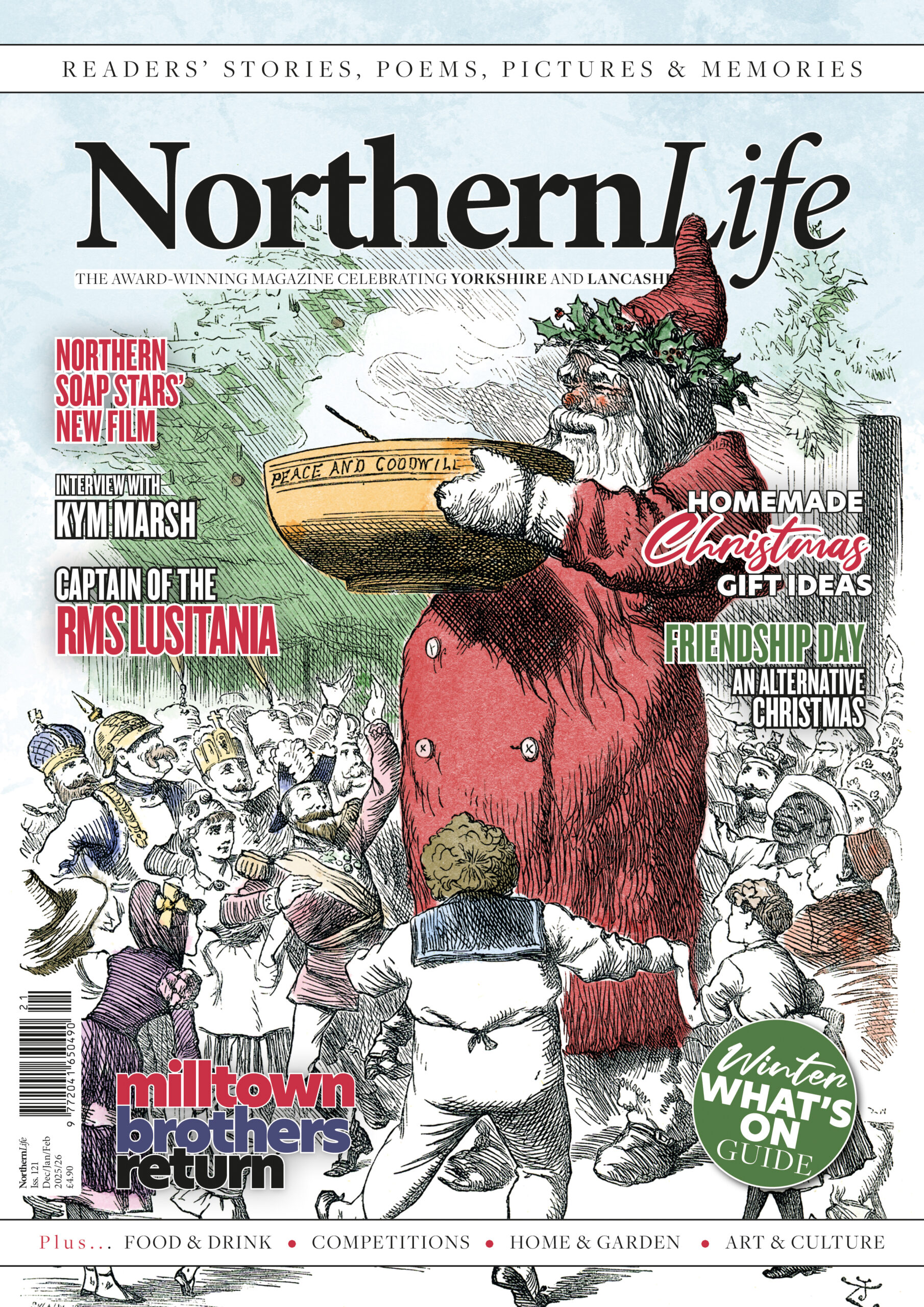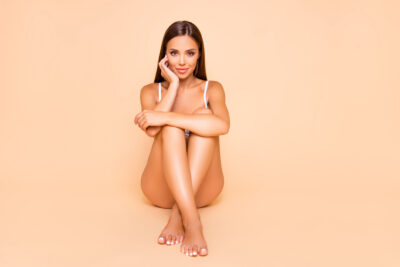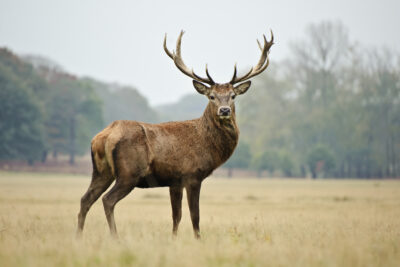
Which Hair Brush is Best for What Type of Hair?
by Northern Life
Brushing your hair is about as simple and commonplace a task as can be. But not all hairbrushes are built alike. In today’s market, there are almost as many different types of hairbrush as there are types of hair. Finding something appropriate to your hair might make a difference not only to the results you get but also to your experience while you’re brushing.
Understanding Your Hair Type
Hair comes in many different types. Understanding these types will help you determine which brush is right for you.
According to most experts, there are four basic categories of hair – these being straight, wavy, curly, and coily. There are subcategories within these types, however. Some people have tight curls, for example, while others have looser, larger ones. In some cases, you might have significant variation on a single person’s head. The hair around your temples might be curlier than the hair behind your ears, for example.
Once you have a rough idea of where your hair falls on this spectrum, you can consider choosing a brush that suits it.
The Different Types of Hair Brushes
Let’s consider a few different types of brush.
Probably the most popular is the paddle brush. This is a square-shaped brush with flexible bristles that’s perfect for removing tangles from straight or wavy hair. However, if you have a different kind of hair, you’re in luck since paddles work pretty well with everything.
Slightly more specialised is the round brush. These are perfect for creating curves and waves or accentuating existing ones. They’ll pull at the hair as you brush it, allowing the air from your hair drier to rush in and create that much sought-after ‘lift’.
If you have curly or coily hair, then you might seek out a special detangling brush. These are perfect for dealing with knots without risking excessive breakage. Look for wide bristles – and bear in mind that while these brushes are often marketed for use with wet hair, hair tends to be more fragile when it’s wet. So, proceed with caution.
Choosing the Right Brush for Your Hair Concerns
Certain kinds of brushes are good for dealing with particular hair-related problems. If you’re constantly battling frizz, you might look for soft brushes that aren’t vulnerable to static build-up.
If your hair is thinning, then you might be concerned about the possibility of yanking it out as you brush. This is another area where soft bristles – alongside a quality hair thickener – can work wonders. It’s worth learning about how these products work, too.
Dandruff can be an ongoing problem for many. A brush with antifungal properties or one that reduces your reliance on products like oils and gels may be helpful. Before you take action, talk to your doctor and see whether you can determine exactly what’s causing your dandruff.
Brush Care and Maintenance
To get the most from your brush, store it in the right place and clean it regularly. After all, it’s going to be taking on oils from your scalp and possibly dust from the surrounding area. Keep it in a drawer, and wash it once a week. Don’t compress the bristles as you store them!
Conclusion
A good hairbrush should match your hair and be cared for properly. Invest in a good one, and it will serve you for years to come. Just make sure that you look after it properly!




